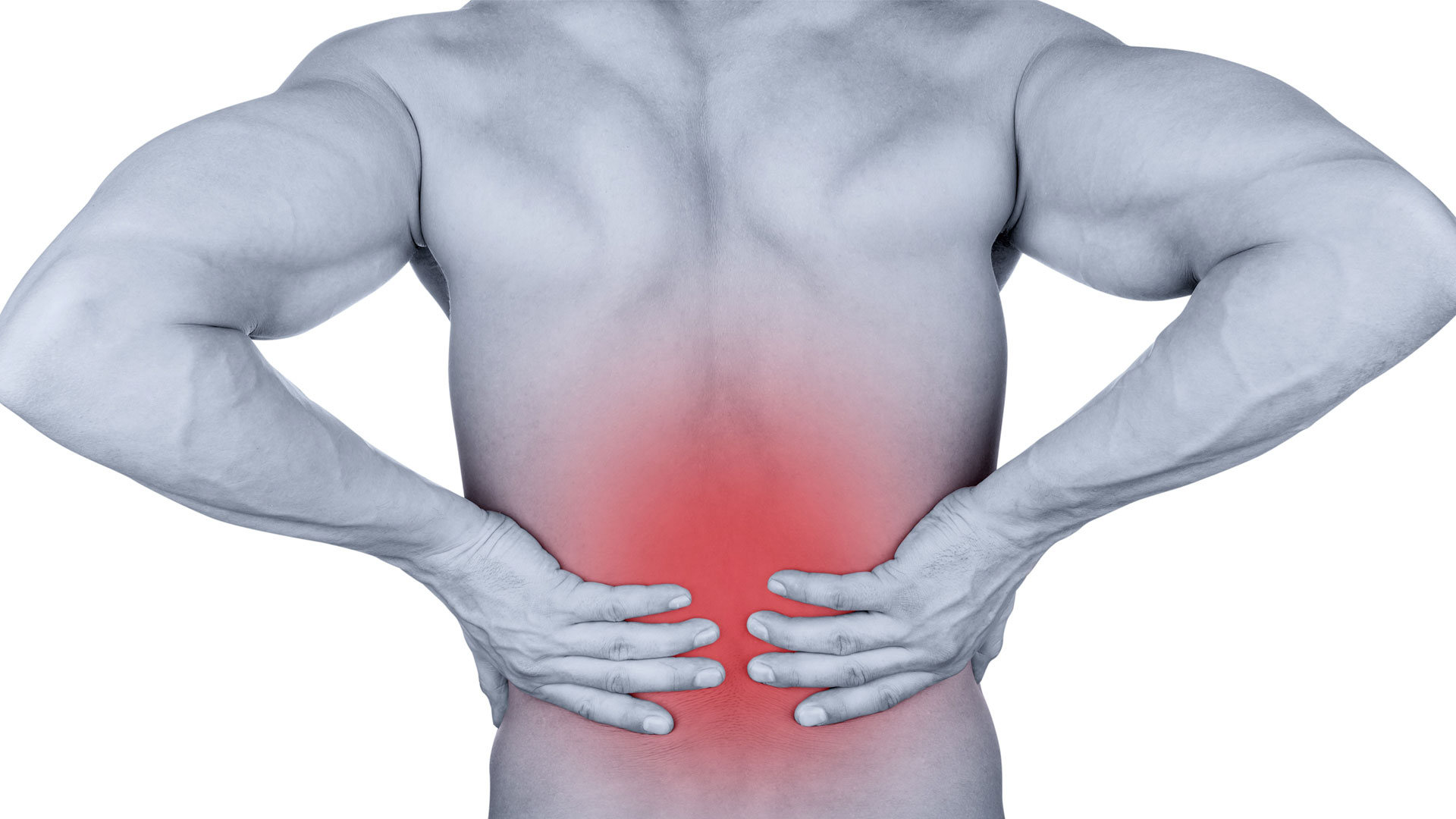Pain is one of the most common reasons people seek medical help. Whether it’s a mild headache, muscle tension, back pain, or chronic discomfort from a medical condition, managing pain effectively is essential for maintaining a good quality of life. While over-the-counter (OTC) medications are widely available, not all treatments are created equal—and not all are supported by clinical evidence.
In this guide, we explore simple yet effective pain relief treatments that doctors consistently recommend. Backed by science and trusted by healthcare professionals, these solutions are safe, practical, and can often be implemented at home or under minimal supervision. From non-invasive therapies to smart medication options, let’s break down the most effective ways to manage pain in 2025.
1. Heat and Cold Therapy
One of the oldest and most doctor-approved methods of relieving pain is also one of the simplest: applying heat or cold.
- Cold therapy (cryotherapy) is ideal for acute injuries, swelling, and inflammation. Applying an ice pack to the affected area can constrict blood vessels, reducing swelling and numbing pain.
- Heat therapy, on the other hand, helps with muscle tension and stiffness by relaxing tight muscles and improving blood circulation.
Doctors often recommend alternating between heat and cold for issues like lower back pain or sports injuries. These methods are especially helpful in the first 48 hours following a strain or sprain.
2. Stretching and Low-Impact Movement
Contrary to the outdated idea of “complete rest,” modern physicians support gentle, low-impact movement as a tool for pain management. Prolonged inactivity can actually worsen certain types of pain, especially those related to joints and posture.
Simple doctor-backed exercises include:
- Gentle yoga or tai chi
- Stretching for flexibility and mobility
- Walking or aquatic exercises for low-impact movement
Physical therapists often create customized stretching routines to relieve tension, improve posture, and reduce recurrence of pain in problem areas such as the back, neck, and shoulders.
3. Over-the-Counter Pain Relievers (When Used Responsibly)
For short-term pain relief, non-prescription medications are a convenient option recommended by healthcare providers. These include:
- Ibuprofen (Advil, Motrin) – effective for inflammation
- Acetaminophen (Tylenol) – helpful for general pain and headaches
- Topical creams like lidocaine or menthol for localized relief
Doctors emphasize proper dosing and awareness of any underlying conditions. For instance, individuals with kidney or liver issues should consult a physician before regular use.
4. Professional Physical Therapy
When pain is persistent or tied to mobility issues, doctors often refer patients to licensed physical therapists. These professionals use targeted treatments to strengthen muscles, realign posture, and build long-term resistance against discomfort.
Doctor-approved physical therapy programs may include:
- Manual therapy and joint mobilization
- Resistance training to prevent muscle atrophy
- Ultrasound and electric stimulation for deep-tissue pain
- Home-based exercise routines tailored to recovery goals
Regular sessions improve not only pain levels but also overall body function—making this a cornerstone treatment for those dealing with chronic conditions or post-operative recovery.
5. Cognitive Behavioral Therapy (CBT) for Chronic Pain
Chronic pain isn’t just physical—it’s also psychological. That’s why many doctors recommend CBT, a form of talk therapy that helps patients change their emotional and behavioral response to pain.
CBT doesn’t erase pain but teaches skills to manage it more effectively by:
- Reducing negative thoughts that amplify pain
- Teaching coping mechanisms for flare-ups
- Encouraging active participation in daily life
Studies show CBT can significantly improve quality of life for patients dealing with long-term conditions like fibromyalgia, arthritis, or migraines.
6. Prescription Medication for Moderate to Severe Pain
In cases where OTC medications and therapy aren’t enough, doctors may prescribe stronger pain relievers for short-term use. These medications are carefully managed and often used post-surgery, after major injuries, or for severe chronic pain.
One such treatment includes Oxycodone, a prescription opioid that, when used under supervision, can provide effective relief for intense pain episodes. In recent years, regulated online services have made it easier to obtain prescriptions without long clinic wait times. Patients can now legally and safely order Oxycodone Online after virtual consultations with licensed physicians.
It’s critical to follow a doctor’s guidance when using opioids to avoid dependency and ensure safe outcomes. Prescription use should always be part of a broader pain management strategy.
7. Mind-Body Techniques
Doctors increasingly recognize the role of the mind in pain perception. Mind-body practices offer a non-invasive, drug-free way to manage symptoms and restore balance.
These doctor-endorsed techniques include:
- Meditation and mindfulness to reduce stress-related pain
- Deep breathing exercises to lower muscle tension
- Biofeedback therapy to control physiological responses
- Visualization and guided imagery for mental pain control
These methods are especially effective for tension headaches, stress-induced pain, and conditions like IBS or TMJ disorder.
8. Sleep Optimization and Stress Management
Doctors frequently emphasize that poor sleep and chronic stress can significantly worsen pain. The body heals during sleep, and without adequate rest, recovery slows down.
Medical professionals recommend:
- Establishing a regular sleep schedule
- Avoiding screens before bedtime
- Managing caffeine and alcohol intake
- Practicing relaxation techniques in the evening
By improving sleep quality and lowering stress levels, many individuals find their pain less frequent and more manageable.
9. Medical Devices and Home Therapies
At-home medical devices are gaining popularity among doctors and patients alike. These tools are FDA-cleared, easy to use, and helpful in managing pain without medication.
Some recommended devices include:
- TENS units (electrical nerve stimulation)
- Infrared heating pads
- Cold compression machines
- Posture-correcting wearables
Such devices are especially effective for people with recurring pain who prefer not to rely on daily medication.
10. Safe Access to Prescription Support
When pain is more intense or long-lasting, doctors may consider long-acting pain medications like Oxycontin. This extended-release formula helps manage pain around the clock for patients with conditions that cause persistent discomfort.
Telemedicine platforms now allow patients to Buy Oxycontin Online legally and securely, following digital consultations with licensed providers. These systems are closely monitored and require valid prescriptions, making them both efficient and safe for responsible users.
As always, such medications should be used only when other methods prove insufficient, and under professional supervision.
Conclusion
Pain doesn’t always require complicated treatments. Often, the most effective pain relief methods are also the simplest—and doctor-approved. From cold packs to mindful breathing, physical therapy to smart medication use, there are many strategies that offer real, lasting relief without overwhelming your body or lifestyle.
Whether you’re managing occasional discomfort or living with a chronic condition, it’s essential to work with healthcare professionals to find a tailored plan that’s safe, sustainable, and supported by evidence.
The goal isn’t just to mask the pain—it’s to treat it in a way that restores your quality of life and empowers you to stay active, alert, and in control.



